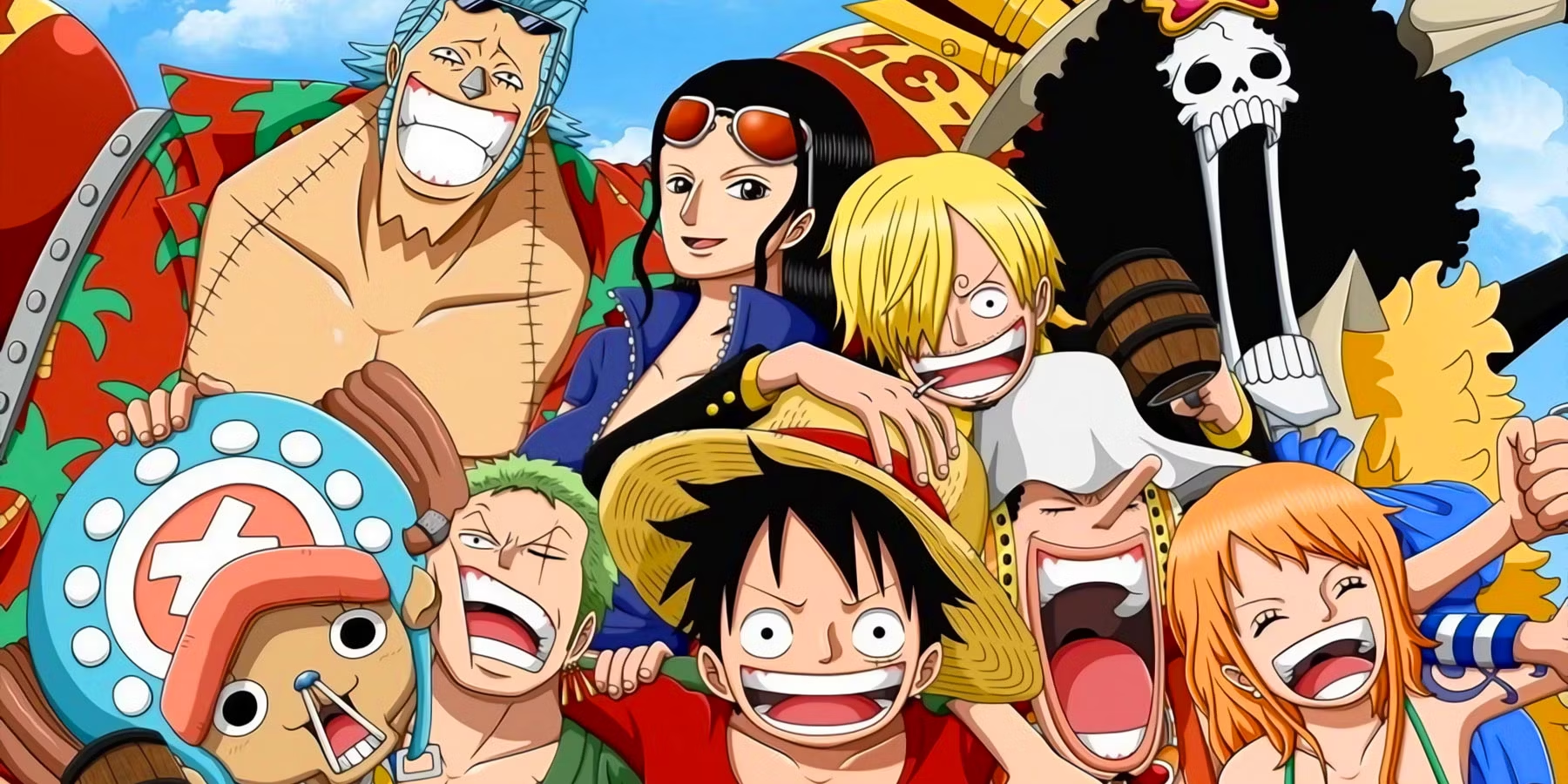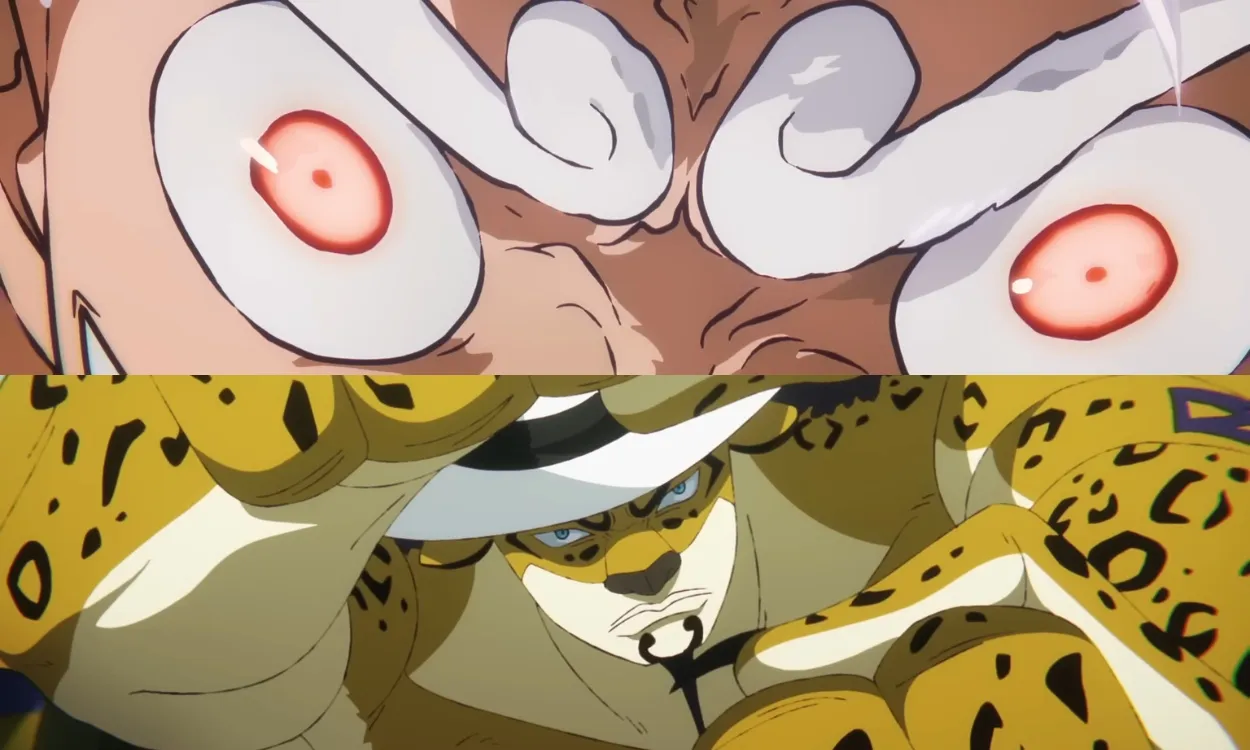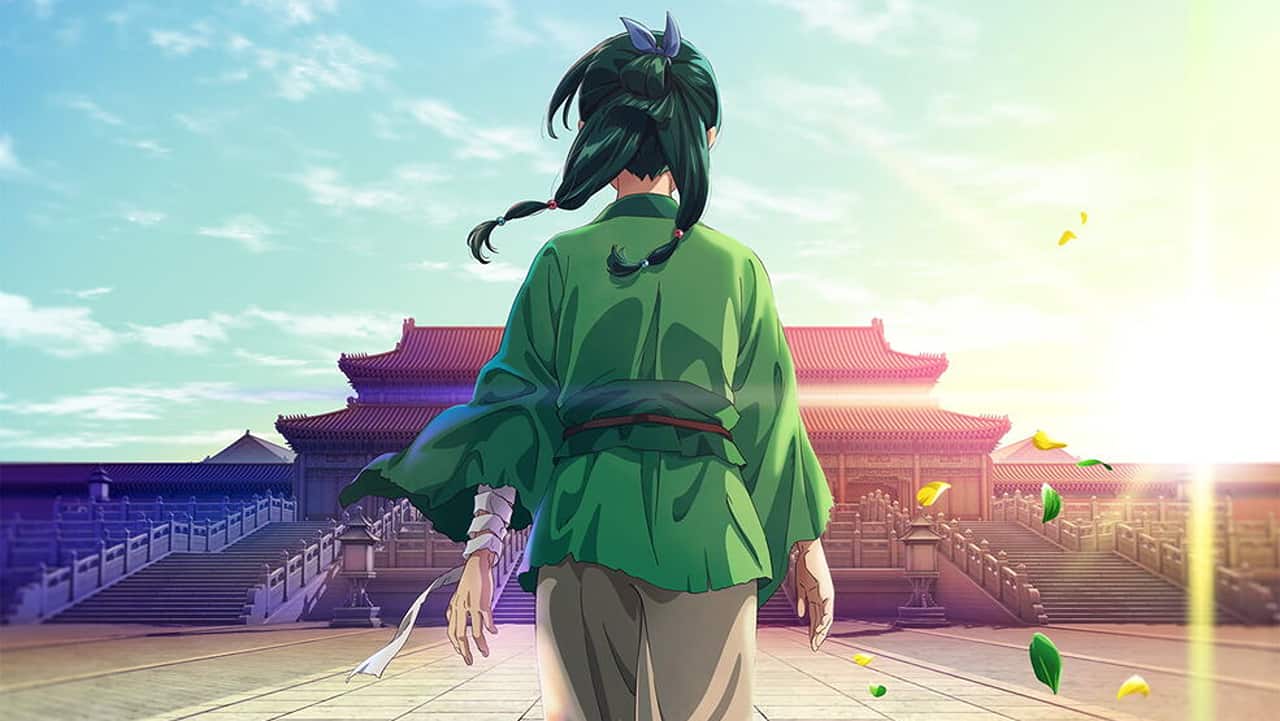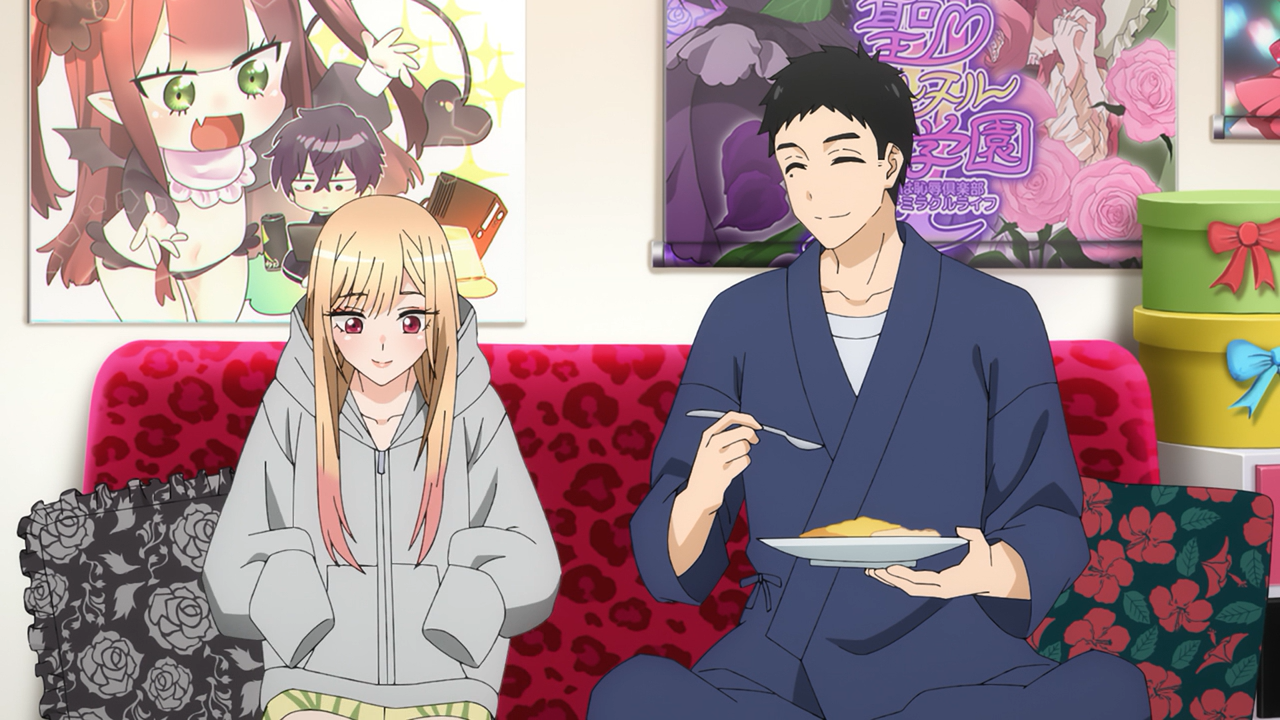The Japanese animation industry is vast, accommodating thousands of creative minds. Its talented pool of professionals is a testament to its growth, which continues to expand with each passing day. However, despite the industry’s prestige and opportunities, one animator chose to leave it all behind to pursue his interests in adult animation.
Hideki Araki, an accomplished key animator, animation supervisor, and character designer—known for his work on renowned anime titles like “One Piece” and “Inuyasha”—departed from mainstream anime to focus solely on R18 content. This move surprised many who admired his career in mainstream animation.
A Shift Towards Creative Freedom

Araki set aside his career in traditional anime to explore new opportunities in the adult animation industry. Seeking greater creative freedom, he now takes on roles such as director, character designer, storyboard artist, and animation director in adult anime productions.
It may seem surprising that an animator who contributed to the first “Urusei Yatsura” film and multiple episodes of Toei Animation’s globally hit “One Piece” is now producing adult content. However, one cannot overlook the significant demand for such content, which also offers more creative flexibility.
A Distinguished Career in Mainstream Anime

Before transitioning to the R18 industry, Araki’s extensive filmography included work on “Night on the Galactic Railroad,” “Windaria,” “Silent Möbius 2,” “Inuyasha,” “Steamboy,” and many other classics. His contributions to these projects have left a lasting impact on the anime community.
Araki’s decision to move into adult animation reflects a desire to explore themes and narratives unrestricted by the conventions of mainstream media. This shift highlights the diverse opportunities within the animation industry and the varying paths creators may choose to follow.
Industry Reactions and Implications

The anime community has expressed mixed reactions to Araki’s career change. Some fans are surprised, given his involvement in family-friendly series, while others respect his pursuit of creative freedom. This move prompts discussions about the boundaries between mainstream and adult content in Japanese animation.
Araki’s transition also sheds light on the broader dynamics of the anime industry, where creators often navigate between commercial demands and personal artistic expression. His journey may inspire other animators to explore unconventional paths within the field.




